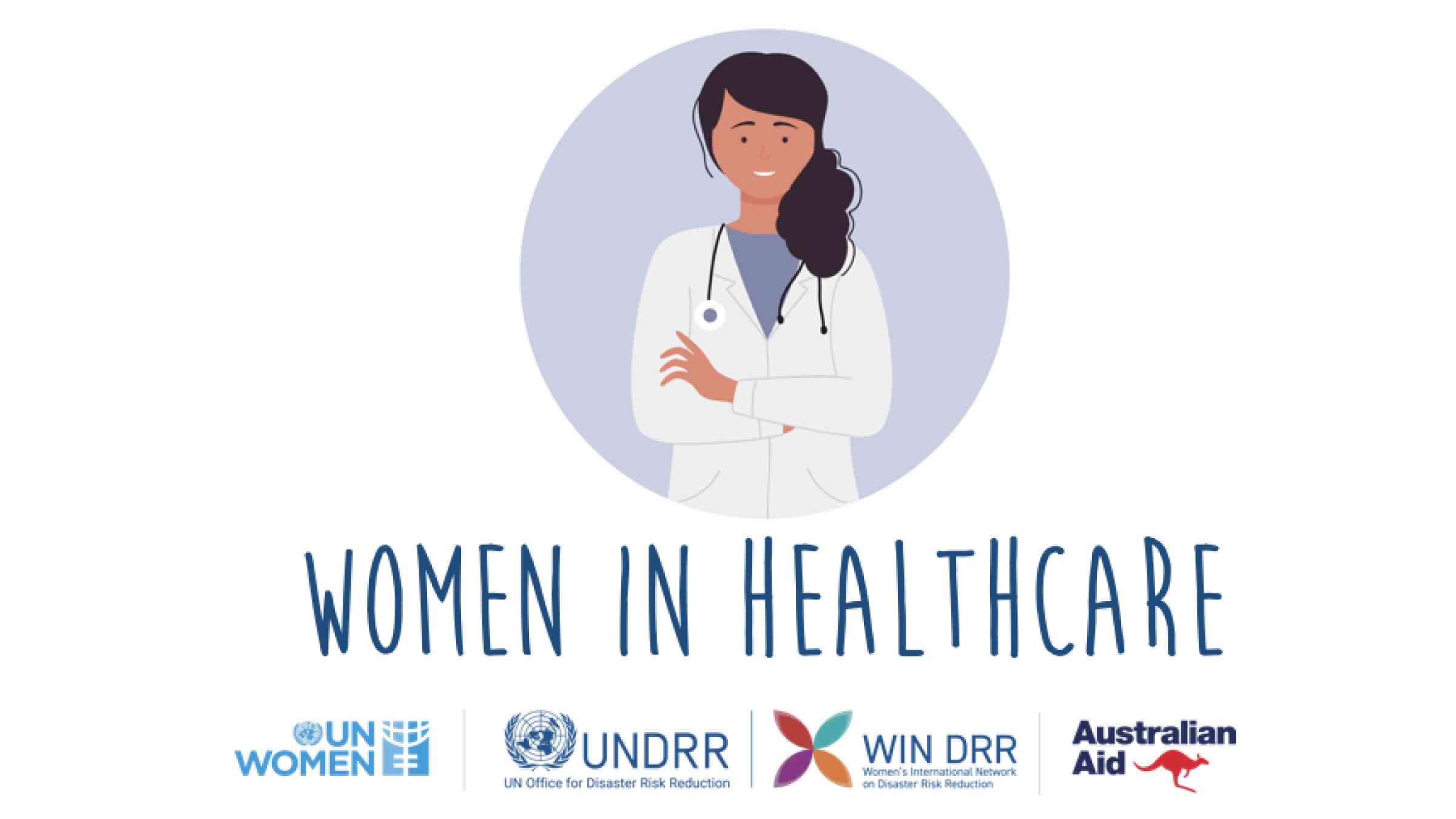The Significance of Healthcare RCM in Enhancing Cash Flow and Effectiveness
The Significance of Healthcare RCM in Enhancing Cash Flow and Effectiveness
Blog Article
A Comprehensive Overview on Exactly How Health Care RCM Works to Simplify Payment and Collections
Browsing the complexities of health care profits cycle management (RCM) is critical for suppliers aiming to enhance their billing and collections procedures. The overview unboxes the ins and outs of RCM, from patient enrollment to accounts receivable monitoring, offering insights into maximizing each action.
Recognizing Profits Cycle Monitoring
RCM is a critical management function that includes the entire financial procedure of individual care, from the first visit establishing to the last payment of the balance. It is a complex procedure designed to determine, accumulate, and handle the revenue from the solutions supplied to people.
The RCM process starts when an individual timetables a consultation and expands with the person's care trip, consisting of payment and collections. A crucial goal is to minimize the time between receiving and supplying a solution settlement, hence improving the organization's monetary wellness. RCM involves various functions such as client registration, insurance policy confirmation, fee capture, coding, declares entry, settlement publishing, and taking care of denials and appeals.
Key Parts of RCM
In the world of Income Cycle Monitoring (RCM), understanding its key components is essential to accomplishing monetary performance within health care companies. RCM is an extensive procedure that includes different stages, each essential to ensuring reliable billing and collections. The primary components consist of person registration, insurance verification, cost capture, coding, case submission, settlement uploading, and accounts receivable monitoring.


Once coded, insurance claims are sent to payers, where precision is critical to prevent denials or delays - Healthcare RCM. Payment uploading includes tape-recording the gotten payments, which enables the reconciliation of accounts. Last but not least, balance dues administration focuses on tracking and dealing with unsettled cases, making certain timely follow-up and resolution
Each part of RCM is adjoined, and inefficiencies in any type of part can interrupt the entire cycle. Consequently, understanding these components is important for healthcare carriers to maximize income and enhance their financial wellness.
Strategies for Efficient Payment

Standardizing payment treatments throughout the organization is another vital approach. Establishing clear standards for documentation, coding, and entry assists keep uniformity and conformity with regulatory needs. Educating personnel frequently on these treatments guarantees every person is current with the newest adjustments in invoicing codes and payer policies.
Exact charge capture is necessary in protecting against earnings leak. Carrying out regular audits and monitoring systems enables the identification and adjustment of disparities prior to they influence income. In addition, keeping open lines of interaction with payers check this site out assists to swiftly settle any kind of disputes or misunderstandings that may emerge.

Last but not least, interesting people early in the billing procedure by giving clear quotes and instructional products regarding their financial obligations can significantly reduce confusion and improve repayment timeliness. These methods collectively contribute to a much more monetarily healthy and balanced and reliable billing system.
Enhancing Collections Processes
A durable collections procedure is important for keeping monetary security within medical care companies. Offered the intricacies of clinical billing and the variety of payer demands, improving the collections process entails here applying tactical steps that make sure precise and prompt payment of services made. Central to this is the usage of technology to automate and enhance procedures, reducing hand-operated errors and improving effectiveness. Automation devices can aid in tracking case standings, sending out prompt suggestions to clients, and taking care of rejections better.
Clear and clear individual communications are vital. Giving in-depth descriptions of charges and using flexible repayment plans can enhance person contentment and prompt repayments.
Routine audits of the collections process need to be performed to determine locations for improvement and ensure compliance with laws. By analyzing information, medical care companies can determine fads, prepare for possible issues, and adapt methods accordingly (Healthcare RCM). Inevitably, a well-enhanced collections procedure not only sustains economic health and wellness however also adds to a much more seamless experience for people and staff alike
Optimizing Profits Streams
Structure upon the foundation of a strong collections process, healthcare companies can additionally reinforce their financial stability by purposefully maximizing profits streams. This entails a multi-faceted method, beginning with a thorough evaluation of existing revenue sources to recognize inadequacies and locations for growth. Utilizing sophisticated information analytics tools allows organizations to obtain insights right into payer mix, person demographics, and service utilization patterns, enabling data-driven choices that boost earnings capture.
Applying automated invoicing systems can considerably minimize mistakes and quicken cases refining, ensuring that revenue is collected more successfully. Moreover, optimizing payer contracts via routine settlements can boost reimbursement rates and terms, directly affecting the lower line. Expanding service offerings, such as integrating telehealth or health care, can also bring in a more comprehensive client base, hence enhancing profits potential.
An additional critical component is enhancing patient involvement and satisfaction, as satisfied patients are more probable to stick to therapy plans and make timely payments. Offering versatile payment options and transparent payment techniques can improve collections and foster person loyalty. Healthcare RCM. By embracing these methods, healthcare companies can create a more resistant economic structure, guaranteeing sustained growth and security in an ever-changing industry landscape
Conclusion
Finally, healthcare Revenue Cycle Monitoring (RCM) plays a critical role in optimizing payment and collections procedures by integrating key components such as individual registration, insurance policy confirmation, cost capture, coding, claims entry, and balance due monitoring. By using sophisticated modern technology, standardizing procedures, and cultivating person engagement, doctor can significantly lower case denials, accelerate settlement cycles, and enhance browse around this site cash money flow. This detailed method to RCM eventually results in improved financial effectiveness and sustainability for health care companies.
The RCM process begins when a patient schedules a consultation and prolongs through the patient's treatment trip, consisting of payment and collections.Another important part is boosting patient interaction and fulfillment, as completely satisfied individuals are extra most likely to adhere to therapy strategies and make prompt repayments. Offering versatile repayment options and clear invoicing methods can boost collections and foster patient commitment.In conclusion, healthcare Profits Cycle Management (RCM) plays a critical duty in optimizing payment and collections processes by incorporating vital parts such as client enrollment, insurance policy verification, charge capture, coding, declares submission, and accounts receivable management. By employing advanced modern technology, systematizing treatments, and fostering person interaction, medical care companies can substantially lower claim rejections, accelerate repayment cycles, and enhance cash flow.
Report this page